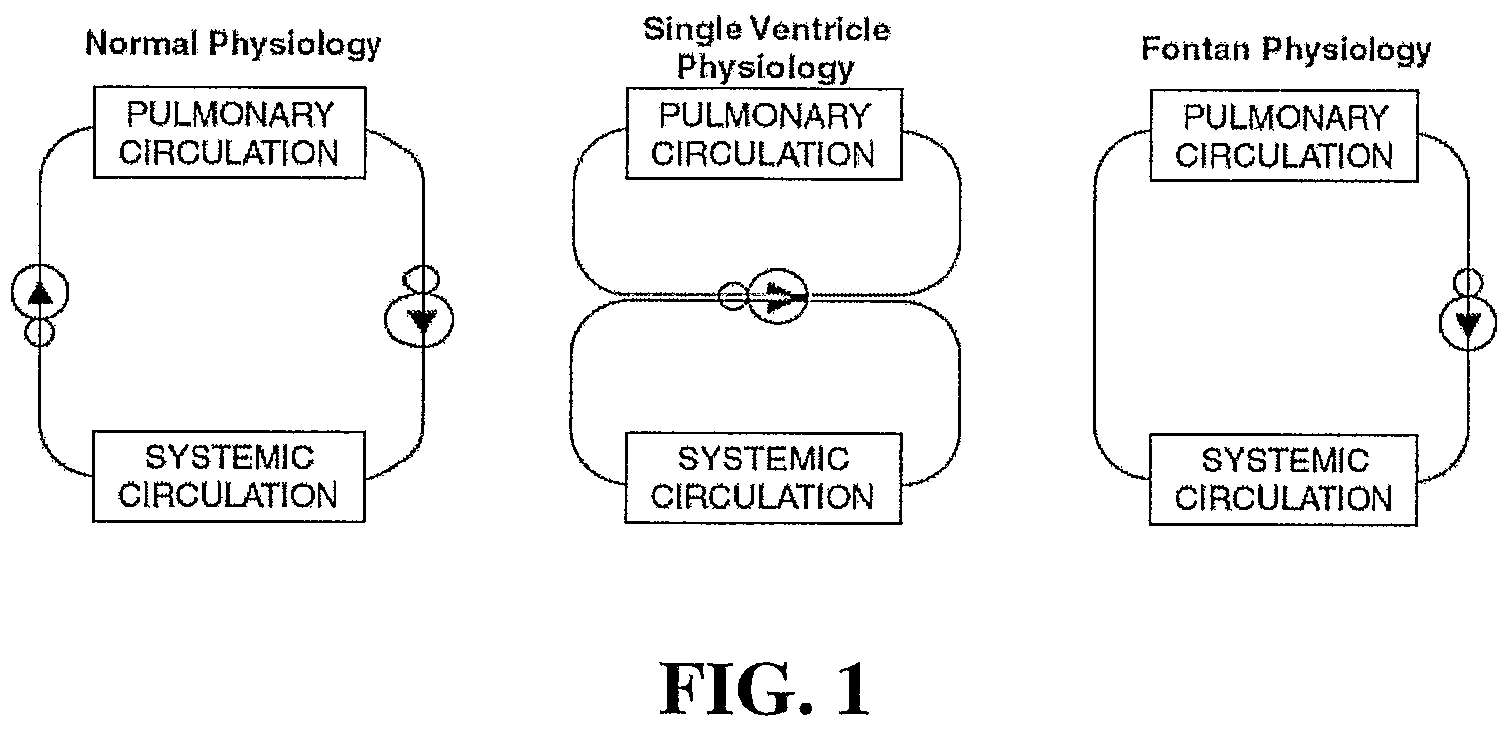Inventors at Georgia Tech have developed a device for TCPC, which optimizes blood flow, reduces energy loss for the heart, and provides an equal amount of blood to both lungs. This device reduces the workload of the single ventricle by altering the connection design of the TCPC. The new connection design allows for improved regulation of blood flow in and out of the single ventricle. This results in improved fluid mechanics and reduced energy dissipation at the connection site, which reduces the pressure build-up in blood vessels and improves transport of de-oxygenated blood to the lungs. Overall, this device will allow for better control of blood flow through the heart to improve quality of life of the patient.
- Improved quality of life– optimizes blood flow and improves post-operative results by reducing recovery time
- Assistive– reduces work for single ventricle
- Controllable – proposed device regulates blood flow and pressure
Medical applications for treatment of chronic disease/conditions
- Cardiovascular disease
- Respiratory disease
One in 500 children is born with a single ventricle heart, resulting in open-heart surgery to repair and separate the pulmonary and systemic blood circuits. In a single ventricle heart, there is one ventricle large enough to pump blood to both the body and the lungs. Total cavopulmonary connection (TCPC) is the currently used procedure for single ventricle heart surgery, due to the reduced postoperative mortality rate. Unfortunately, the TCPC procedure increases the workload for the single ventricle. After surgery, the single ventricle is responsible for pumping the blood to the body, which requires more energy than pumping to the lungs, and the TCPC device re-directs returning blood to the lungs.

